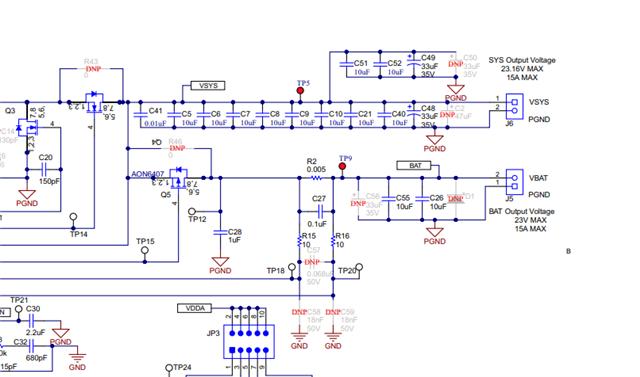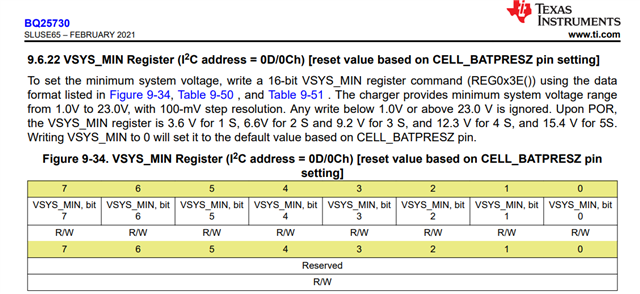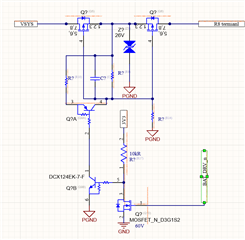Other Parts Discussed in Thread: BQ25730, BQ34110,
Good evening for everyone.
I am currently in the research stage, to later implement a battery charging system (for an application where the battery is rarely discharged).
The battery pack wiil be PbA.
First of all, I'm looking to use BQ25710 (SMBus) or BQ25730 (I2C), battery charge controllers. Is it correct to use bq34110 as the battery gas gauge, connected to the battery charger controller? Any other recomendations?
Thanks in advance, hope you can help me.






